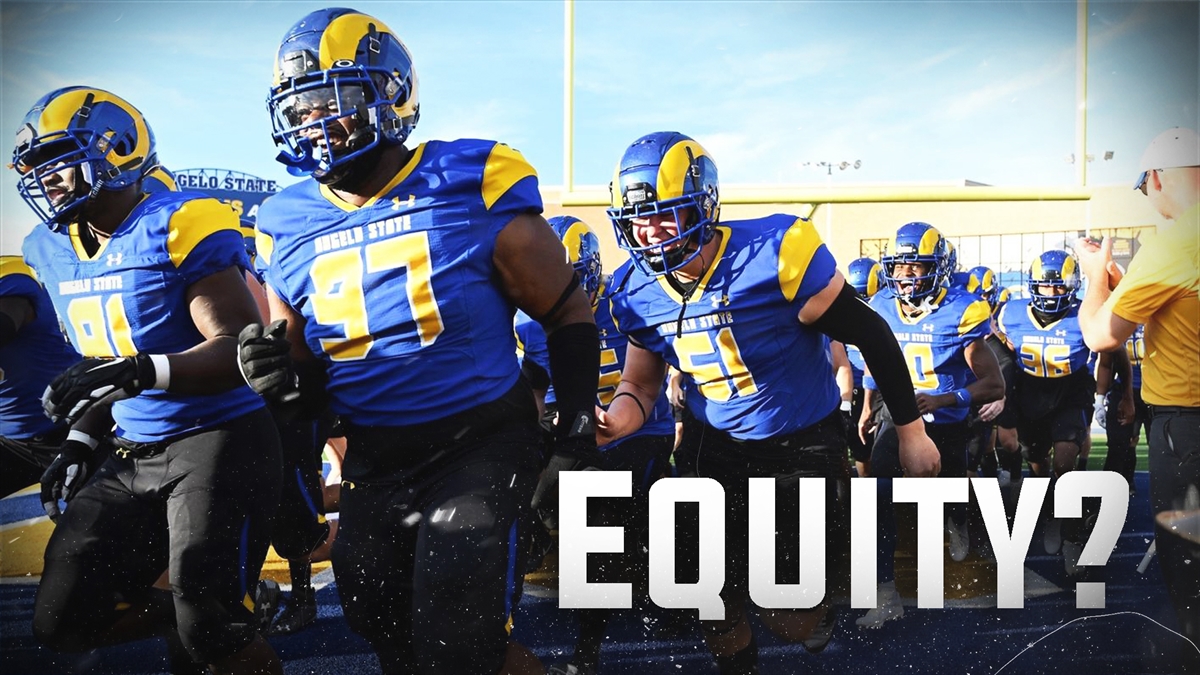I had many questions for football coaches across the Texas Non-FBS landscape during my preparation for the 2023 Dave Campbell’s Texas Football summer magazine, but one question always brought an interesting response before the answer.
In a hypothetical scenario, I asked most coaches to answer with one thing they would change with how the NCAA operates. The vast majority of responses started along the lines of, “Not like it matters,” or “Not like they’d listen to us,” or this from one Division III coach, “We're kind of an afterthought, to be honest.”
Those answers were in part because implementing any NCAA change would require money. Looking at the NCAA’s numbers for the year ending August 31, 2022, one can understand why most coaches’ initial response was derogatory.
The NCAA is primarily funded by the Division I men’s basketball championship and championship ticket sales for every title game except the FBS. The NCAA receives no money from the bowl games or the College Football Playoff.
According to the NCAA, total revenue last year was over $1.1 billion. That money is distributed in 14 separate ways, from a high of $222 million for “Sport sponsorship and scholarship funds” to the smallest amount of $3.8 million for “Educational programs” intended to help student-athletes prepare for life after athletics.
Division II is allotted 4.37 percent of total revenue, or $53.3 million in the previous year, while Division III is only allotted 3.18 percent of total revenue, or a paltry $35.2 million.
The argument that coaches and other proponents of DII and DIII athletics make is one of equity, which is often confused with equality. Equity recognizes that each situation is different and requires more resources.
No one advocates for the NCAA to split the revenue equally among the three divisions. Still, the problem lies with how much money is allotted for the championships of each division. Last year, DI was given $153.8 million for its 26 titles and had 191,935 student-athletes, equal to $801.31 per DI student-athlete.
Division II allots 60 percent of its money towards its 25 championships, just under $32 million last year or $243.62 per the 131,272 student-athletes in DII.
Division III spends approximately 75 percent of its budget supporting its 28 championship events. Last year that would’ve meant roughly $26.4 million or $129.08 per each of the 204,522 student-athletes in DIII.
To break down the disparity in championship money another way, DI had over $5.9 million to spend on each championship. DII had roughly $1.28 million per championship, and DIII has the most titles and approximately $943,000 to spend on each event.
The money to each division is expected to increase under the eight-year extension the NCAA signed with CBS and Turner Sports that will last through the 2032 season. The next eight years are reportedly worth $8.8 billion, which would increase revenue by at least $232.5 million per year or approximately $10.2 million for DII and $7.4 million for DIII.
The lack of equity runs deeper than the championship events. Each DI institution received approximately $630,000 to help fund NCAA sports and provide scholarships for athletes. Another $86.6 million is distributed to DI student-athletes for essential needs that arise during their time in college.
The NCAA divides $49.2 million among DI schools to assist with academic programs and services and spends $64.5 million on “Student-athlete services and championship support,” which includes drug testing and NCAA postgraduate scholarships. Another $53.6 million is distributed among conferences that meet academic and athletic standards to play in the men’s basketball tournament.
The total of those expenditures above is $475.9 million.
In comparison, 17 percent of DII’s budget, or approximately $9 million, is for a revenue distribution that was created in the late 1980s as a financial incentive to maintain Division II membership, with 75 percent allocated to conferences and 25 percent ($2.25 million) divided equally among its 311 institutions (approximately $743,000 per school).
Seven percent ($3.7 million) of the DII budget is for the conference strategic priority fund, while three percent ($1.6 million) is for other grants and scholarships, and 13 percent ($6.9 million) is for strategic initiatives such as drug testing costs, brand enhancement, marketing, and professional and leadership development opportunities.
Division III’s 2022-23 budget overview has 79 percent (30.2 million) for championships, with men’s sports receiving over $15.5 million and women’s sports receiving $14.6 million.
The remaining $8.1 million, or 21 percent, is budgeted for the enrichment fund, which includes Diversity, Equity, and Inclusion programs, student-athlete support, marketing, professional development, and DIII national office support.
Industry experts believe the need for more equity among the divisions will continue.
“Division I members are the ones that set the rules for how the money is allotted instead of the NCAA office,” one industry expert said.
Some coaches believe the lack of equity among the NCAA divisions is the root cause of the perception among some high school athletes that DII and DIII players are inferior to their Division I brethren.
“We’re not treated close to equitable by the NCAA in comparison to DI schools,” one coach said. “If the NCAA would allow just one percent more to each division, it would go a long way to helping our athletes.”
“We shouldn’t be staying in budget hotels at an NCAA championship event,” another coach said. “Yet that’s what happens sometimes. How can we tell the athlete the NCAA cares about them when they see how much better DI athletes are treated?”
This article is available to our Digital Subscribers.
Click "Subscribe Now" to see a list of subscription offers.
Already a Subscriber? Sign In to access this content.


